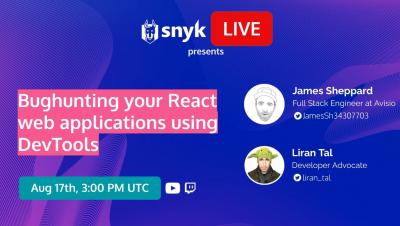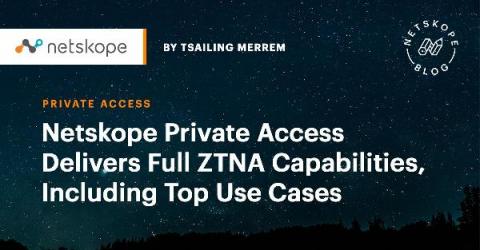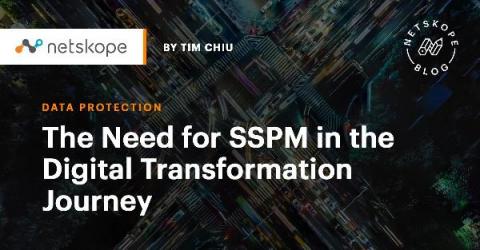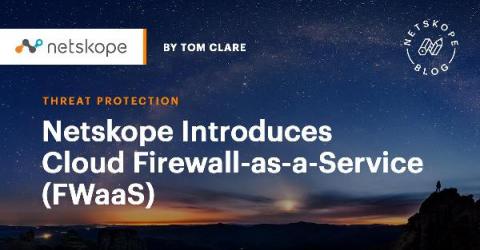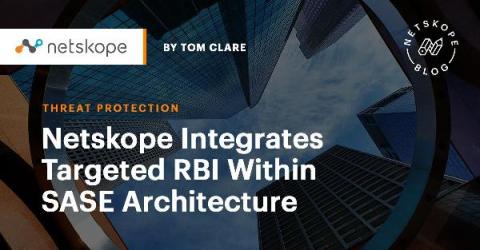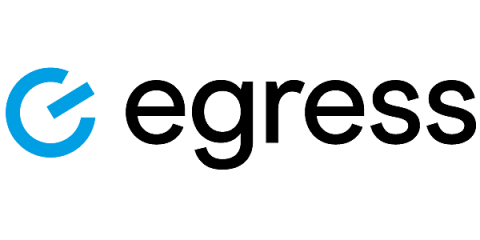Security | Threat Detection | Cyberattacks | DevSecOps | Compliance
Security
Hello CISO - Episode 1 (Part 1): The Downfall of On-Premise Security
Netskope Private Access Delivers Full ZTNA Capabilities, Including Top Use Cases
The shift to remote and hybrid work at scale has created unprecedented demand for our cloud-delivered Zero Trust Network Access(ZTNA) solution, Netskope Private Access(NPA). This is no surprise.
The Need for SSPM in the Digital Transformation Journey
During this past year, organizations have moved towards the adoption of SaaS (software-as-a-service) applications like Microsoft O365, Salesforce, and GitHub at a more rapid pace than originally planned to help accommodate and facilitate the many employees that became remote workers, needing access to cloud applications from anywhere.
Netskope Introduces Cloud Firewall-as-a-Service (FWaaS)
Change is the only constant and this is especially apparent for the firewall space, as we’ve seen with branch office transformation and users continuing to work remotely. Secure Access Service Edge (SASE) architecture, when properly designed, puts the user in the center with cloud edge security services protecting them, their data, and the apps and websites they use every day, on either company or personal instances.
Netskope Integrates Targeted RBI Within SASE Architecture
There is the marketing of secure access service edge (SASE), and then there is the actual integration of key capabilities that provide the benefits of less complexity, consolidation, and lower cost of operations a properly implemented SASE architecture provides.
The Top 10 Highest Paying Jobs in Information Security - Part 1
Want a job in cybersecurity? There are plenty to go around. Cybersecurity Ventures estimated that there will be 3.5 million job openings in the industry by the end of the year. That makes sense. According to Gartner , global spending on information security and risk management technology is expected to exceed$150 billion in 2021. Organizations are going to need someone to help them manage those new solutions. The issue is that information security is an expansive industry.
Six data protection tips for healthcare organisations
Healthcare providers collect, process and share citizens’ most highly sensitive personal data – from names, dates of birth and contact details, to medical and financial information. The loss of this data by healthcare organisations can cause significant emotional distress to patients if private medical conditions are disclosed, and also make them more vulnerable to identity theft, fraud and further cyberattacks.
Turn your employees into security assets against hackers
I want to talk to you about Peter. He’s a new hire at your company, having joined a couple of days ago. He can just about remember the names of his teammates. The HR Manager has told him to look out for an email so that he can create an account on the company’s employee portal. As expected, he receives an email and clicks on the link provided to enter his credentials.
Complete Content Lifecycle Management in a Single Place
Egnyte’s content lifecycle management solution gives customers full control and flexibility over content at all stages of its lifecycle, from migration of data into Egnyte to managing retention, archival and deletion, and end of life content. Unlike point solutions, Egnyte provides a robust product suite that addresses consolidation of content across repositories, management of content within Egnyte, and content that should be archived. Here's a quick recap of what’s included.


